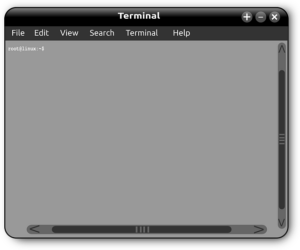“Mastering the Art of Updating openSUSE: A Comprehensive Guide for Beginners”
As an experienced user of Ubuntu, I have always turned to the familiar distro for my Linux needs. However, my curiosity led me to explore openSUSE, and I have to say, I was pleasantly surprised. But as with any new operating system, there were a few differences to overcome. In this tutorial, I will share my knowledge on updating openSUSE, providing you with the necessary tools and techniques to keep your system running smoothly. Get ready to master the art of updating openSUSE like a pro!
The Power of the Terminal: Updating openSUSE via Command Line
When it comes to updating your openSUSE system, the zypper command reigns supreme. With its comprehensive management capabilities, this command automatically takes care of file conflicts and dependency issues, making it the simplest and most efficient way to keep your system up to date. And don’t worry, it even includes updates for the Linux kernel.
Now, the update command for openSUSE Leap differs slightly from that of Tumbleweed. For users of openSUSE Leap, simply use “sudo zypper update” to initiate the update process. You can also use “sudo zypper up” as a shortcut. If you’re running openSUSE Tumbleweed, opt for the “dist-upgrade” or “dup” command to ensure a smooth update, as Tumbleweed is a rolling release distribution.
If you ever need to refresh your repositories, the “sudo zypper refresh” command will do just that. And to get a list of available updates, use “sudo zypper list-updates”. Plus, you’ll receive notifications for any necessary reboots. It’s that easy.
Updating openSUSE Made Easy with a User-Friendly GUI
For those using openSUSE as a desktop, you have the option of updating your system using the graphical user interface. Depending on your desktop environment, the specific tool for this may vary. For example, KDE users can utilize the Discover Software Center to search, install, and update applications. In fact, KDE will even notify you of available system updates in the notification area. And while you may be tempted to disable this feature, I highly recommend keeping it on so you’re always aware of important updates.
Another GUI tool available is the YAST Software Management, which offers more detailed control over package management. Whether you prefer the simplicity of a command line or the convenience of a GUI, openSUSE has you covered.
Stay Tuned for More SUSE Tutorials
While this tutorial may have been short and sweet, it’s just the beginning of your journey to mastering openSUSE. In my next tutorial, I’ll delve into some common zypper commands with real-world examples so you can take your updating skills to the next level. Make sure to stay tuned for more comprehensive tutorials and tips to help you become an openSUSE expert.
Source: https://news.google.com/rss/articles/CBMiJGh0dHBzOi8vaXRzZm9zcy5jb20vdXBkYXRlLW9wZW5zdXNlL9IBAA?oc=5

























+ There are no comments
Add yours